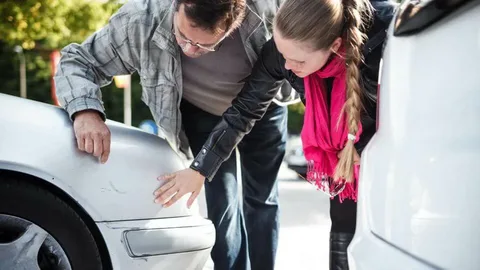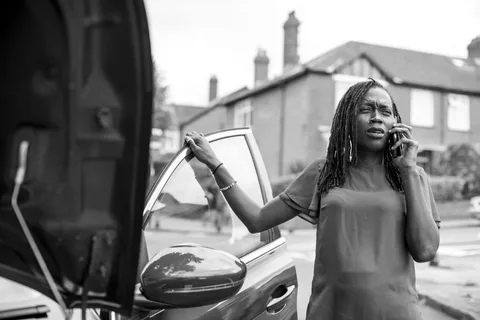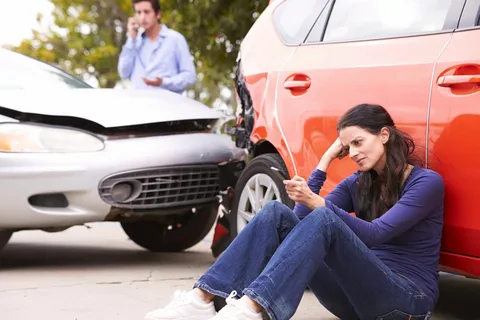Do Insurance Companies Cover Parking Lot Accidents?
Parking lots can be a bit of a jungle, can’t they? With cars zipping in and out, pedestrians popping up out of nowhere, and shopping carts on the loose, it’s no wonder accidents happen. But when they do, the big question is: do insurance companies cover parking lot accidents? Let’s dive into this topic and explore all the details you need to know.

Understanding Car Insurance Coverage
First things first, let’s break down the types of car insurance coverage that might come into play in a parking lot accident:
- Liability Coverage: This is the most basic type of car insurance and is required by law in most places. It covers damages to other people’s property and injuries to other people if you’re at fault in an accident. So, if you accidentally bump into another car while backing out of a parking space, your liability coverage will pay for the damages to the other car.
- Collision Coverage: This type of coverage pays for damages to your own car resulting from a collision, regardless of who is at fault. If you have collision coverage, it will cover the cost of repairs to your car if you hit another vehicle or an object in a parking lot.
- Comprehensive Coverage: This covers damages to your car that are not the result of a collision, such as theft, vandalism, or natural disasters. If someone keys your car while it’s parked, comprehensive coverage will take care of the repairs.
- Uninsured/Underinsured Motorist Coverage: This comes into play if you’re in an accident with a driver who doesn’t have insurance or doesn’t have enough insurance to cover the damages. In a parking lot scenario, if you’re hit by an uninsured driver, this coverage will help pay for your repairs.
For more detailed information on these types of coverage, you can visit Insurance Information Institute.

Reporting a Parking Lot Accident
If you find yourself in a fender bender in a parking lot, here are the steps you should take:
- Stay Calm and Assess the Situation: Make sure everyone is okay and check for any injuries. If there are injuries, call emergency services immediately.
- Exchange Information: Get the name, contact information, insurance details, and license plate number of the other driver. If there are witnesses, get their contact information as well.
- Document the Scene: Take photos of the damage to both vehicles, the location of the accident, and any relevant road signs or markings. This documentation can be crucial when filing an insurance claim.
- Report the Accident: Contact your insurance company as soon as possible to report the accident. Provide them with all the information and documentation you’ve gathered.
For more tips on what to do after a car accident, check out this guide from the DMV.
Determining Fault in a Parking Lot Accident
Determining fault in a parking lot accident can be tricky. Here are some common scenarios and who is typically at fault:
- Backing Out of a Space: If you’re backing out of a parking space and hit another car, you’re usually at fault. Drivers backing out must yield to oncoming traffic.
- Two Cars Backing Out: If two cars are backing out of their spaces and collide, both drivers may share the fault. Each driver has a responsibility to check for oncoming traffic.
- Rear-End Collisions: If you rear-end another car, you’re typically at fault, even in a parking lot. Drivers must maintain a safe distance from the car in front of them.
- Failure to Yield: If you fail to yield to a car with the right of way, you’re at fault. This includes not yielding to pedestrians in crosswalks.
For more information on determining fault, you can visit Nolo’s Legal Encyclopedia.
Impact on Your Insurance Premiums
Getting into an accident, even in a parking lot, can affect your insurance premiums. Here’s how:
- At-Fault Accidents: If you’re found to be at fault, your insurance premiums may increase. The amount of the increase depends on your insurance company’s policies and your driving history.
- Not-At-Fault Accidents: If you’re not at fault, your premiums may not increase. However, some insurance companies may still raise your rates, especially if you have multiple claims on your record.
- Accident Forgiveness: Some insurance companies offer accident forgiveness programs. If you’re enrolled in such a program, your first at-fault accident may not result in a premium increase.
For more details on how accidents affect insurance premiums, check out this article from NerdWallet.
Tips for Avoiding Parking Lot Accidents
Prevention is always better than cure. Here are some tips to help you avoid parking lot accidents:
- Drive Slowly: Parking lots are busy places with lots of pedestrians and other vehicles. Drive slowly and be prepared to stop suddenly.
- Use Your Mirrors: Check your mirrors frequently and use your rearview camera if you have one. Be aware of your surroundings at all times.
- Park in Well-Lit Areas: If possible, park in well-lit areas with plenty of visibility. This can help deter theft and vandalism as well.
- Avoid Distractions: Put away your phone and other distractions while driving in a parking lot. Stay focused on the task at hand.
For more parking lot safety tips, visit AAA’s website.

Conclusion
Parking lot accidents are a common occurrence, but understanding your insurance coverage and knowing what steps to take can make the situation less stressful. Remember to stay calm, document everything, and report the accident to your insurance company as soon as possible. By following these tips and being a cautious driver, you can navigate parking lots with confidence.
For more information on car insurance and parking lot accidents, you can visit Insurance Hotline.
I hope this article helps you understand how insurance companies handle parking lot accidents. If you have any further questions or need more details, feel free to ask!
Leave a Reply